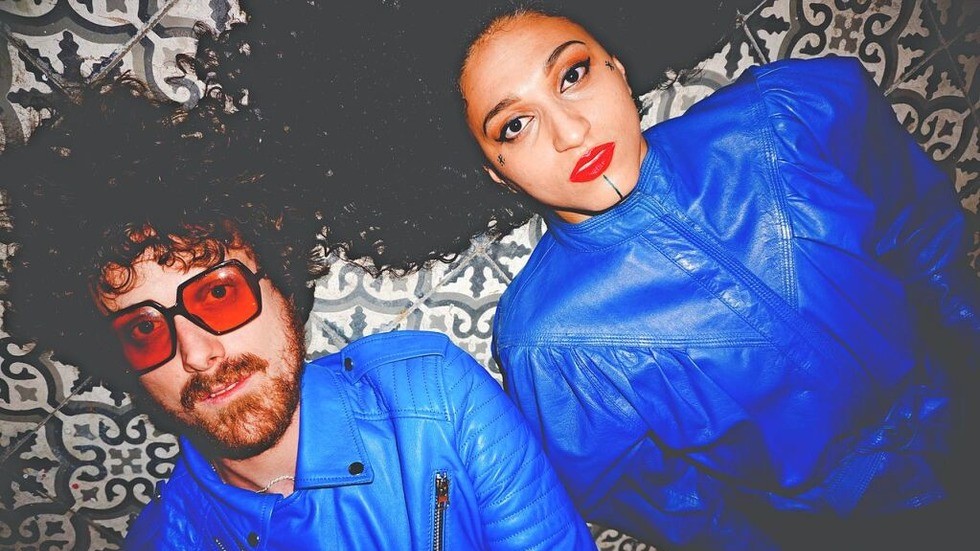Morocco's electrifying abundance

Their wild sound stands out from the large number of bands in the loosely-defined Desert Blues genre: the Lyon-based Bab L'Bluz quartet, featuring Moroccan singer Yousra Mansour and multi-instrumentalist Brice Bottin, will have your ears tingling with an infectious combination of psychedelic blues rock, dub, and the varied sounds of the ethnic groups found between the Atlantic coast and the deep desert.
"We see ourselves as an expanded power trio, in the spirit of Jimi Hendrix's band," said Mansour on the release of their debut Nayda!, playing on the fact that the guitar hero took some inspiration from Morocco – especially from the ritual music of the Gnawa, Morocco's Black minority.
Over the past five years, the band has won fans from Scandinavia to Italy, and as far away as Australia. They have played to tens of thousands of people. What's their secret? "They're a young band who attract a very young audience, at both world music and psychedelic rock festivals.
Possessed by sound
"They used to be marketed as 'Gnawa rock', but their influences go far beyond that," says Bab L'Bluz agent Norbert Hausen. Their second album, Swaken, makes this very clear. Its title is a word taken from the Moroccan dialect of Arabic, Darija, meaning a spirit that can possess a person, and is also a term for visiting another dimension. Whether you believe in this kind of transcendence or not, listening to the album does make you feel possessed in some way by its sound.
Since their debut work, Bab L'Bluz have tweaked and tightened many aspects of their music. The sound architecture here is broader, aimed even more at a sublime panoramic effect, and despite the wall of sound, Yousra Mansour's voice is more present, often multiplied to become a choir. The amplification of the traditionally-based sounds is also more polished and cleaner.
Mansour plays an awisha, an instrument derived from a Gnawa bass lute called a gimbri, tuned an octave higher and, when plugged in, sounding like a particularly surly electric guitar. Added to this are an electric mandola and an electrified ribab, a single-stringed fiddle from the Berber culture.
There is also an array of guitars, banjos, the kind of flute played by the west-African Fulbe nomads, and a piercing shawm called a zorna. Plus a wealth of Maghrebi percussion, from rattling qraqebs to the bendir frame drum.
Celebrating the diversity of Moroccan culture
Something else they have enhanced since their debut is the homage to the diversity of Moroccan culture, which comes from the country's range of ethnicities. "Wahia Wahia” is the band's take on a Moroccan Bedouin folk song, which they build up into a mighty, swinging anthem.
The Moorish song about women's rights, "Zaino", has an insistent single note in its vocal that pulls brilliantly against the wah-wah riff on the awisha. A vocal style from the Atlas Mountains is worked into "Iwaiwa Funk", and "Ya Leilo" weaves influences from four different ethnic communities – the Tuareg, the Hassania, the Gnawa and the Houara-Berbers – into a bass-driven groove.
Finally, a song from somewhere else entirely offers a brief moment of calm: a Yemeni folk song is included just before the band launches into the fiery highlight "Karma", a song from the Moroccan Aissawa Sufis.
Combative lyrics about patriarchal structures, hymns of praise to strong Moroccan women, and calls for tolerance and humanity are thematic threads that run all the way through Swaken. A wild ride through the history of Moroccan music, with a very contemporary rock energy.
© Qantara.de 2024
Translated from the German by Ruth Martin